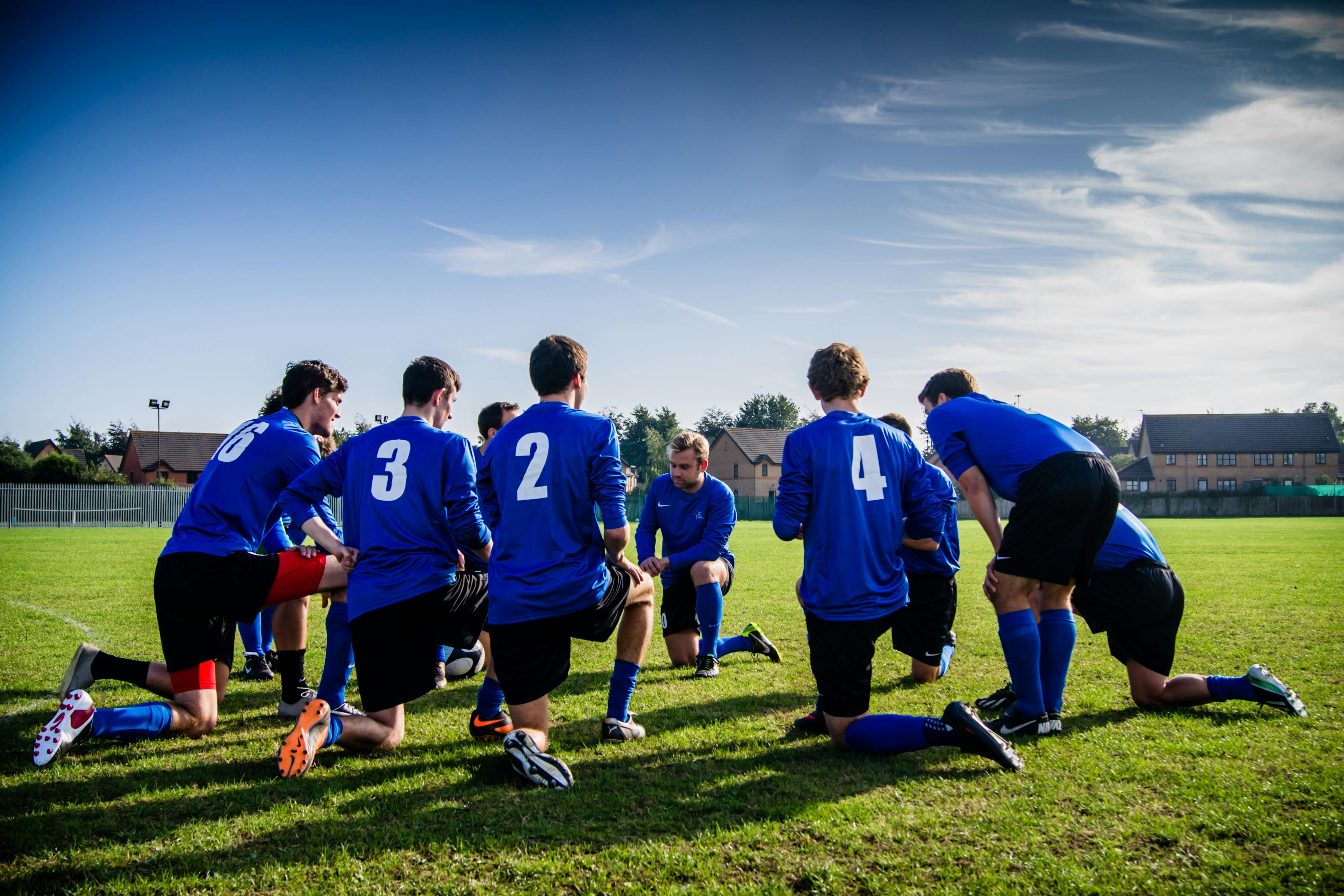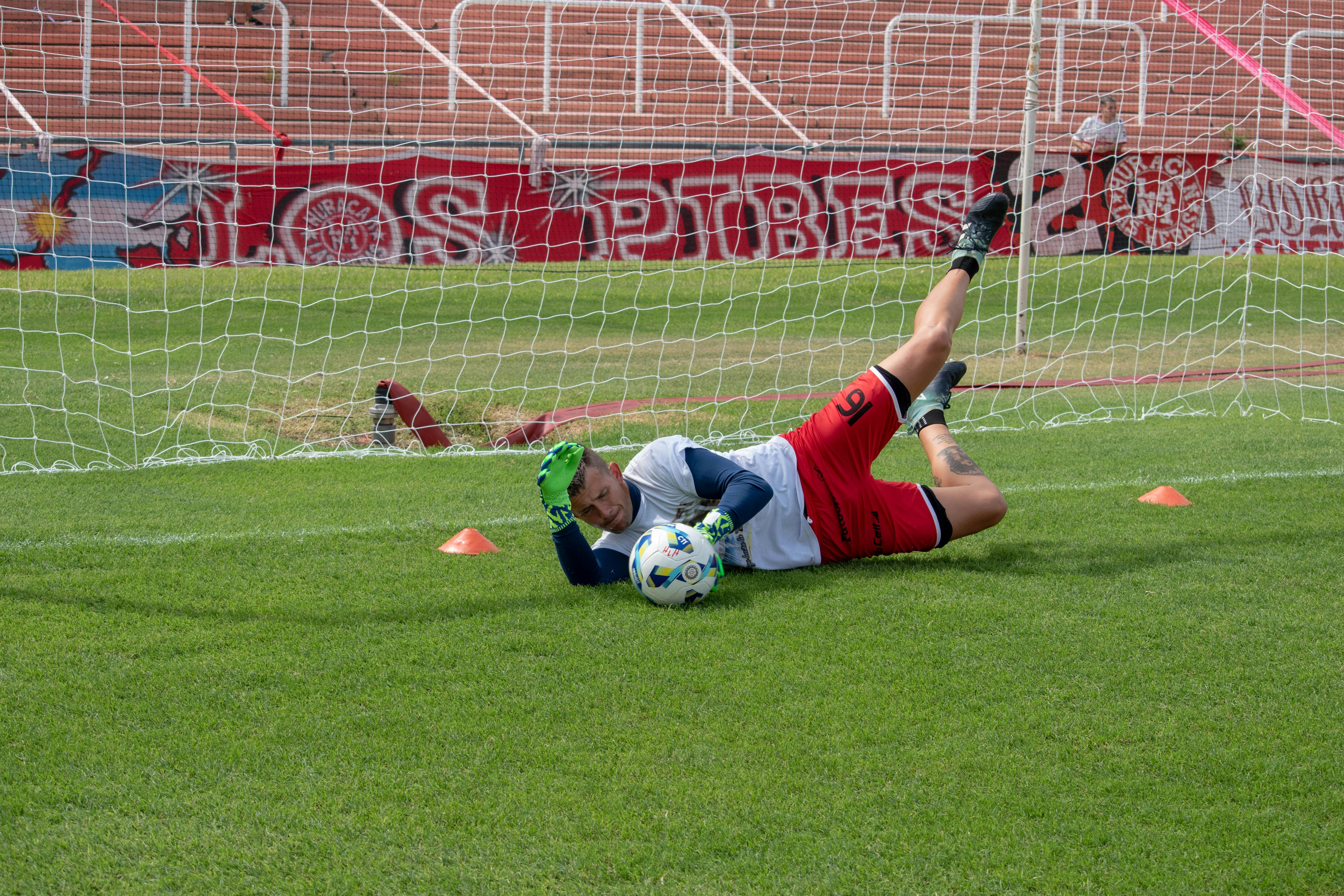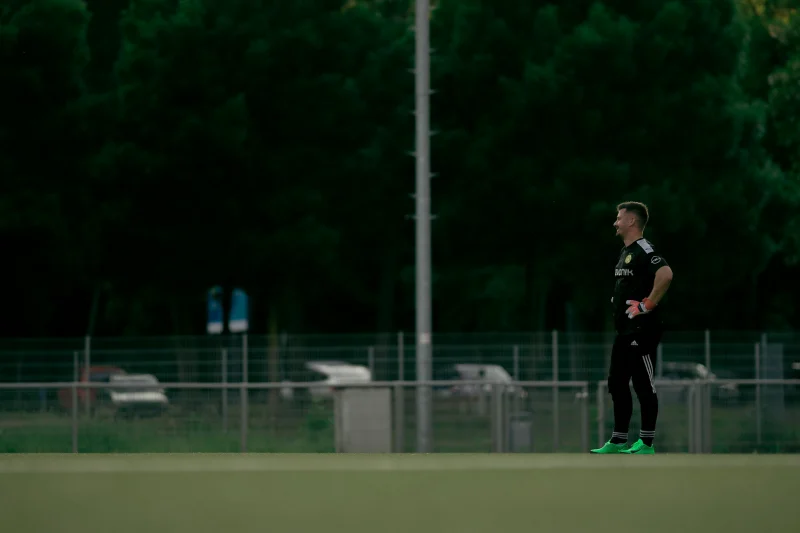Every Sunday morning, across the country, somewhere there will be an outfield player panicking. An outfield player trudging into the sticks.
They have turned up to their Sunday League game, maybe a bit the worse for wear, ready for a morning bundled up in a warm coat, praying that the gaffer doesn’t need the third sub.
Then disaster strikes. The goalkeeper calls, his car has broken down and he can’t make it. Goalkeepers are a precious commodity at this level, and the usual second choice is on a stag in Dusseldorf.
Despite their best efforts to make themselves scarce, the manager taps them on the shoulder, hands them the goalie shirt and they are thrust, blinking, into the limelight. A chance to be a hero, or most likely, to face 90 minutes of embarrassment.
This has happened to me a few times and, based on the evidence of those games, I can make a claim for the worst goalkeeper in the world. There is no worse feeling than lying face down in the mud, after another shot has bobbled through your legs. Thankfully, Goalkeeper.com is here to help you out with some essential tips on how to save the day on a Sunday morning.
Things to do:
Start stretching, start moving.
Playing in goal can be cold. Real cold. If you've ever seen a lonesome number one bounding around his or her box whilst the ball is upfield, firmly in the security of the attacking players, there is reason to the madness.
We may not run for such prolonged periods of time as our outfield counterparts, but that doesn't mean you should underestimate the necessity of adequately-supple muscles in your rogue shot-stopping outings. Goalkeeper movement occurs in short, sharp bursts in and around the goal and requires explosiveness in multiple directions.
Start by stretching. A goalkeeper uses all parts of the body when playing, and multiple major muscle groups can be in motion at any one time. A thorough full-body stretching routine is highly worthwhile, but if you're pressed for time before kick off and need to get a feel for the ball as soon as possible, then target muscles in the back, the calves, the glutes, and get your shoulders moving.

Work on a few sharp sprints or jockey movements forwards, sideways, and backwards at increasing intensities: 50% of your full sprinting speed, 75%, and 100%. It's understandable if 50% feels like a mountain to climb after a night on the town.
Get a feel for the ball in and around the goalmouth
It's no surprise that the standard outfield player may be naturally averse to handling the ball. It's quite literally the antithesis of football. But that is how the goalkeeper has been regarded for some time: the anti-footballer.
You'll need to pull the last man on the substitutes' bench to come and help you with this part. Focus on, first, taking some volleys from around eight yards out from the goal line.
‘Volley’ is the colloquial term for the no-bounce service that a goalkeeper coach will strike at the goalkeeper from his hands, at close range. They are a ‘known’ service technique, as the goalkeeper knows the ball will arrive in and around his upper midriff and face, to make a ‘W’ (textbook shape of the hands when catching the ball above the sternum) or ‘cup’ (shape of the catch between sternum and waste) save.
Volleys should be served with a strike off the laces of the server's boot, not the side of the foot, and they shouldn't bounce (though a half-volley can also be utilised). Take eight to ten of these from different angles around the goal - frontal, and then off each post. To get used to some movement around the goal, you can incorporate a turn into the centre of the goal off the post (start facing the corner flag and rotate and move to the centre of the goal after the server's shout). You could also start on the edge of the six yard box and retreat a few yards before taking a volley.
The main idea here is getting a feel for balls flying at you, and subsequently dealing with them, around different places in the goal.
Make sure to hit the ground!
Goalkeeping has come a long way, and those between the sticks (or increasingly far from them) have begun to perform some of their most important functions upright, with their feet. Yet, the main premise of a goalkeeper's job remains the same: to stop shots going into the net.
As such, you're going to have to get muddy.
The pitch you'll be playing on may well be a long way from Wembley. It won't be as soft, cushion your fall, and - to be fair - you most likely won't have had the proper training in how to dive safely and break a fall on the landing.

Therefore, it's imperative your body gets used to making intentional contact with the floor. Have your substitute warmer-upper toss a few balls at mid-height to your left and your right. They don't need to be at pace, but the exercise will encourage you to track a moving ball simultaneous to moving into a dive.
When diving, you should aim to absorb impact in the area of the body in contact with the mattress when you are asleep on your side. Avoid using a wrist to break the fall, and try not to superman dive onto your front. It will hurt. You want to allow maximum surface area to make contact with the ground in a forward-sideways movement (technically, this would incorporate a small step with the leading leg towards the ball to generate power in the dive and keep the body moving forward).
From there, you can move into a more dynamic shot-stopping exercise. Using the same movements as mentioned previously (off the post an an angle, and retreating from the top of the six yard box), you can mix up the service by having the server strike the ball off the floor and randomising the type of shot you expect to receive.
High balls and long balls
Crossing and distribution are the two final pieces of the warm up puzzle.
Dealing with a cross is a difficult skill to master as a goalkeeper; it isn't something you'll be expected to do gracefully on a still-slightly hungover Sunday morning. However, it would be worth getting the feel of dealing with high balls into the box that are hung just above your head.
Working off both posts, begin at your near post. Have the server toss the ball up and slightly over your head. Force yourself to work backwards into the middle of the goal and try to claim it at the highest point above you by driving your outside knee up into a jump. Repeat from the far post; have the server toss the ball high but a little short, and come forward into the goal to meet it - or punch. If you choose to punch, use your knuckles, not your palm - and definitely not the tips of your fingers.
To finish off the warm up, practice some kicks of different ranges from in and around the six yard box. Don't try and replicate a precise sidewinder of the Alisson/Ederson-mould, because it won't come off. Instead, focus on hitting wide areas of the pitch at different ranges, using a combination of ‘clips’ (mid range, mid height kicks from the ground), ‘punts’ (drop kicks from the hand - laces-first!), and long range goal kick-style strikes. It's better to scuff the ball out wide than down the middle of the pitch.
Oh, and if you have them, stick some metal studded boots on.
Things not to do:
From personal experience, I have also added in some do-nots, just in case you thought any of these were a good idea.
Do not line up at the far post, instead of the near post, when the striker is driving into the box. You might think this is impossible, but I was once lost in the fog of conceding twelve and the previous night’s excesses and positioned myself perfectly, close to the post, ready to stop the shot. Only for the striker to stop, look at me in disbelief, and tap it into the entirely open goal.
Do not try and beat the press by nut-megging an opponent in your own six yard box. Yes, you might be an outfield player by trade, and the nutmeg is your special move. But it if doesn’t work, there’s no covering defender this time. You are the last line of defence.

This one may feel slightly counter intuitive, but do not dive unless you absolutely have to. You’re not Thibaut Courtois and landing on a firm pitch can hurt. Fractured bones take a long time to heal, or so I’m told. I definitely didn’t fracture my shoulder blade trying optimistically to tip a shot over the bar that was destined for the top corner. If you do have to make a spring, land on your ‘big muscles’, and break the fall with a small roll out of the dive. Classy and stylish.
And one final - and crucial - piece of advice: if you don’t have any gloves, only borrow the communal ones at the pitches in an absolute emergency.
I can guarantee they smell worse than the drains, and you will not be able to wash the lingering scent off before work on Monday. It may cause you to be shunned by friends, colleagues, and family. Thankfully, if you’ve followed the tips in this article, you’ll still have the love of your team mates to fall back on, having saved the day and kept your first clean sheet.








